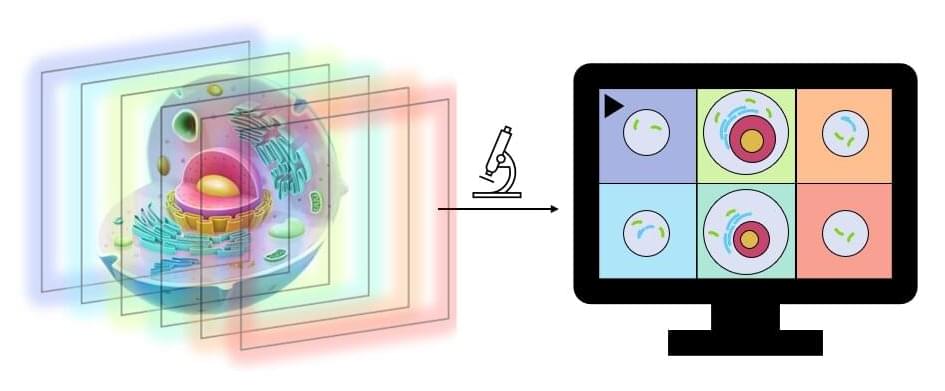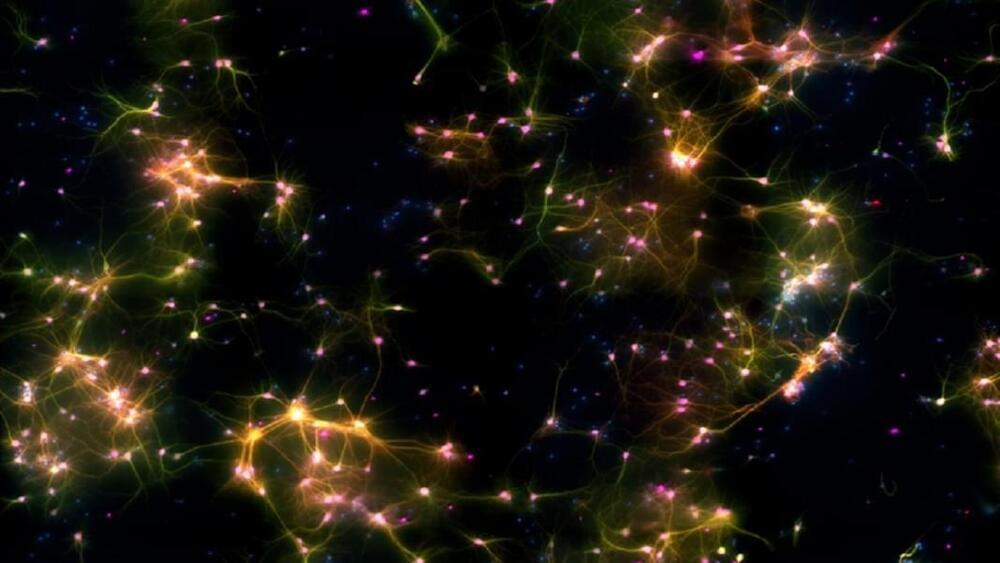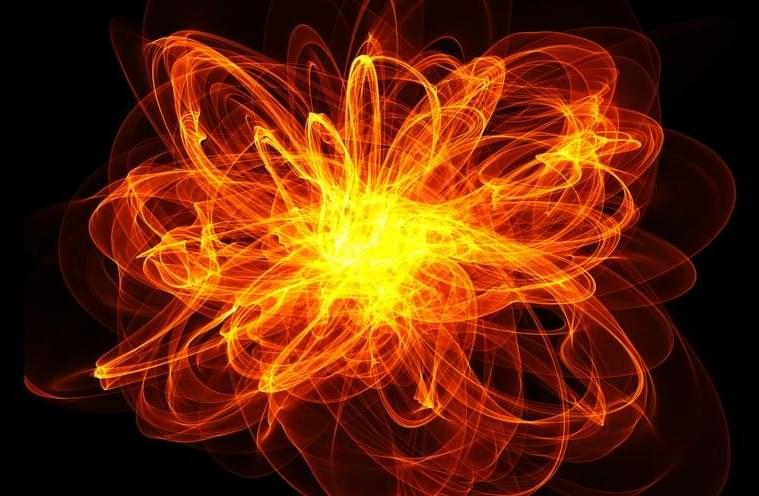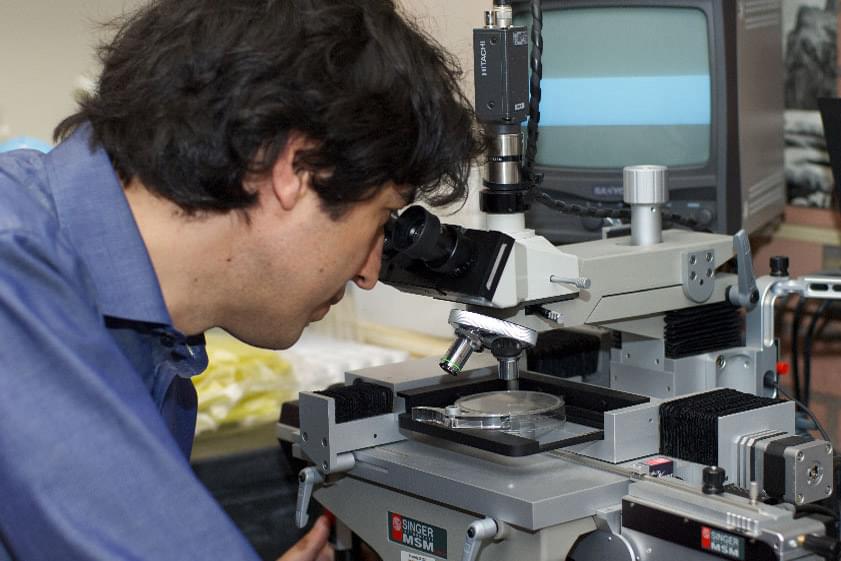Elon Musk has been touting Tesla’s FSD Beta v11 for some time now, and it’s finally here. He says it will be ready for wide rollout before the end of 2022.


Amazon unveils its newest warehouse robotic arm that utilizes artificial intelligence, which proves a terrifying possibility for Amazon warehouse workers to be easily replaced. John Iadarola and Jessica Burbank break it down on The Damage Report.
Amazon’s new robot should strike fear into its hundreds of thousands of warehouse workers — https://www.businessinsider.com/amazon-released-warehouse-ro…022-11
“What do you call a robotic arm that relies on computer vision, artificial intelligence, and suction cups to pick up items?
In Amazon’s world, it’s called a “Sparrow.”
The tech giant unveiled a robot on Thursday that’s capable of identifying individual items that vary in shape, size, and texture. Sparrow can also pick these up via the suction cups attached to its surface and place them into separate plastic crates.
Sparrow is the first robot Amazon has revealed of its kind and it has the potential to wipe out significant numbers of the company’s warehouse workers.
For more information on pancreatic cancer, please visit https://cle.clinic/3rvBj1a.
Pancreatic cancer accounts for about 3% of all cancers in the United States and about 7% of all cancer deaths. Because it’s hard to detect early, it’s important to recognize any symptoms that occur.
Find out what to look for and when you should talk to your provider with this helpful video from Cleveland Clinic.
Chapters:
0:00 Intro.
0:28 What is pancreatic cancer?
0:58 What are the warning signs of pancreatic cancer?
2:46 When to talk with your healthcare provider about symptoms of pancreatic cancer.
Resources:
Pancreatic Cancer: It’s on the Rise, But There’s Reason to Be Hopeful: https://cle.clinic/3FKQ19H
Pancreatic Cancer: https://www.cancer.org/cancer/pancreatic-cancer.html.
An Update on Cancer Deaths in the United States: https://www.cdc.gov/cancer/dcpc/research/update-on-cancer-deaths/index.htm.
The information in this video was accurate as of 1.21.2022 and is for information purposes only. Consult your local medical authority or your healthcare practitioner for advice.

A vaccine (DCVax-L), trialed at King’s College Hospital and other centers around the world, using patients’ immune cells to target brain cancer can extend survival by many months or, in some cases, years, the final unblinded results from a phase 3 clinical trial has shown. The final results were published on Thursday, November 17 in JAMA Oncology.
This is the first time in 17 years that such significant outcomes have been achieved in a phase 3 trial for a systemic treatment in newly diagnosed glioblastoma, and the first time in 27 years that any treatment has been shown to extend survival in recurrent glioblastoma.
The vaccine is created for each patient individually by isolating specific immune cells, known as dendritic cells, from their blood. These cells are then primed with biomarkers from a sample of the patient’s tumor. When the vaccine containing the cells is injected back into the patient, it shares that information so that the body’s entire immune system recognizes and attacks the target.

To observe living cells through a microscope, a sample is usually squeezed onto a glass slide. It then lies there calmly and the cells are observable. The disadvantage is that this limits how the cells behave and it only produces two-dimensional images.
Researchers from UiT The Arctic University of Norway and the University Hospital of North Norway (UNN) have now developed what they are referring to as the next generation microscope. The new technology can take pictures of much larger samples than before, while living and working in a more natural environment.


The stimulations were critical for their learning. Separate experiments with DishBrain without any electrical feedback performed far worse.
Game On
The study is a proof of concept that neurons in a dish can be a sophisticated learning machine, and even exhibit signs of sentience and intelligence, said Kagan. That’s not to say they’re conscious—rather, they have the ability to adapt to a goal when “embodied” into a virtual environment.
Sponsored by Kishore Tipirneni’s new book “A New Eden” available here: https://getbook.at/NewEden | Abiogenesis – origin of life. Living matter from non-living matter. The origin of living organisms from inorganic or non-living material is called abiogenesis. But abiogenesis is not evolution.
Despite the incredible variations of life we see today, at the fundamental level, all living things contain three elements: Nucleic acids, Proteins, and lipids. These three things had to have been present in order for life to start.
The most important component may have been lipids which make up the cell walls because without a way to encapsulate certain elements, they various chemicals could not come together to potentially interact.
Lipids molecules have a unique structure. The round part loves water. The tail part hates water. So it has a tendency to self-assemble into natural spheres. However, when there are certain salt ions present, it destroys the lipid spheres. But RNA and other functions of a cell require salts and other ions. However, researchers at the University of Washington showed that lipid spheres do not disassemble if they are in the presence of amino acids, precursor to protein molecules. So it turns out that lipid cell walls and proteins need each other to exist, in salty water.
Today, genetic information is stored in DNA. RNA is created from DNA. The simplicity of RNA compared to its cousin DNA, is the reason that most scientists think DNA came from RNA. This is part of the RNA world” HYPOTHESIS, which theorizes that RNA was the essential precursor which led to the first living matter. But how did the first RNA molecule form from non-living chemicals? This is not clear cut, so here are some theories. RNA is made of three chemical components: the sugar ribose, the bases and phosphate. Figuring out how the bond between the bases and ribose first formed has been a difficult to replicate in the lab because cells in our body require complex enzymes to bring RNA building blocks together before they combine to form polymers. In a 2009 study, researchers at Rensselaer Polytechnic Institute showed that RNA could have formed on the surface of clays which act like catalysts to bring RNA bases together.
But how did proteins form? In the 1950s, several experiments by Stanley Miller and Harold Urey verified that the natural formation of amino acids, components of proteins, was possible under the atmospheric conditions of Primordial Earth. It turns out that it’s pretty easy to form many kinds of organic molecules, in a wide range of environments.


Fasting database:
Recreates the immune system;…Prolonged fasting forces the body to use stores of glucose, fat and ketones, but it also breaks down a significant portion of white blood cells. Longo likens the effect to lightening a plane of excess cargo. During each cycle of fasting, this depletion of white blood cells induces changes that trigger stem cell-based regeneration of new immune system cells. In particular, prolonged fasting reduced the enzyme PKA, an effect previously discovered by the Longo team to extend longevity in simple organisms and which has been linked in other research to the regulation of stem cell self-renewal and pluripotency — that is, the potential for one cell to develop into many different cell types. Prolonged fasting also lowered levels of IGF-1, a growth-factor hormone that Longo and others have linked to aging, tumor progression and cancer risk.
Recreates the immune system (page loads slow)
…
Results in mice are first evidence of natural intervention triggering stem cell-dependent regeneration of organ or system.